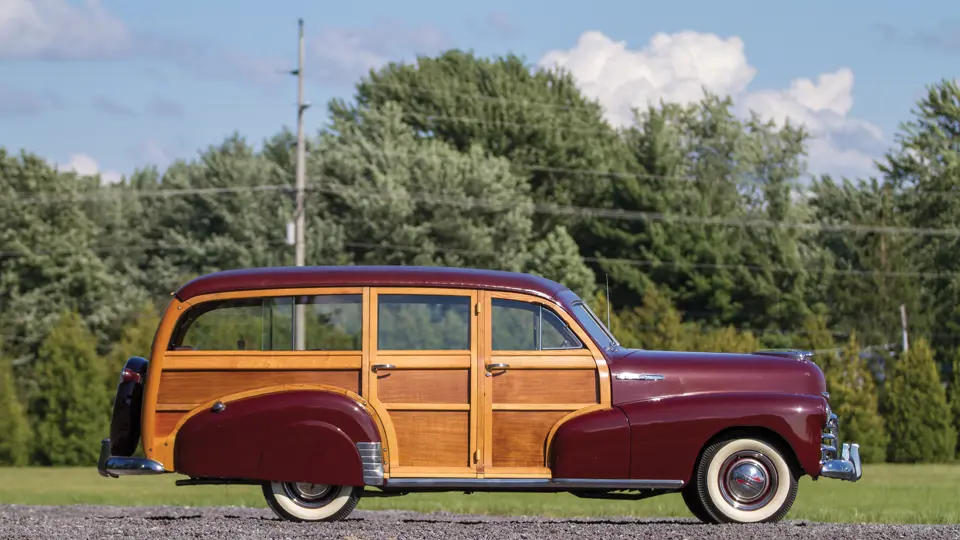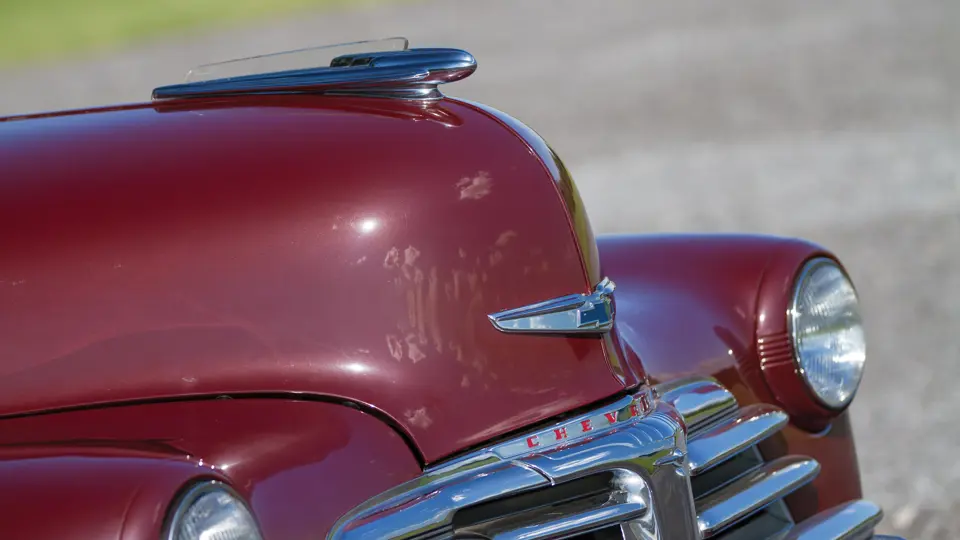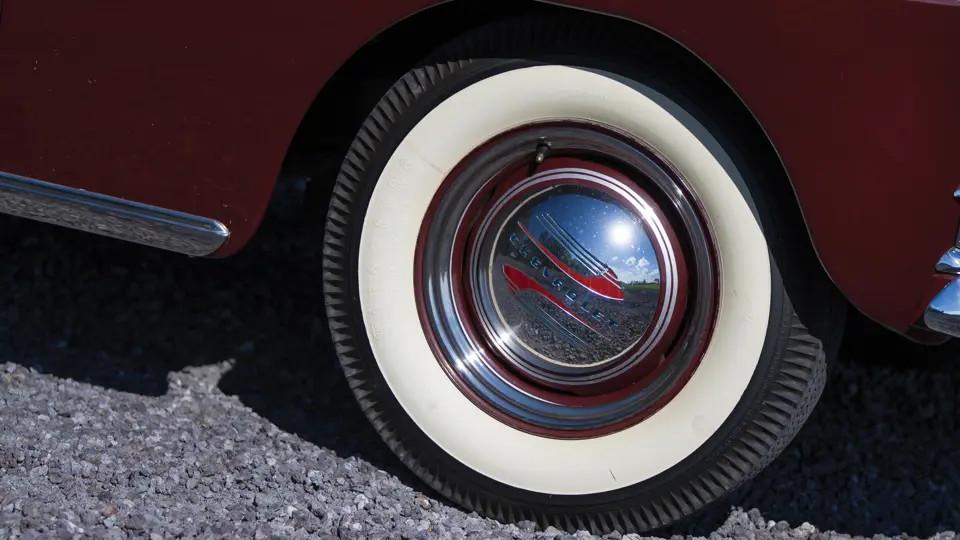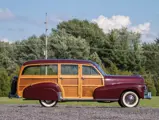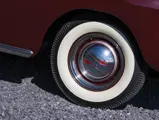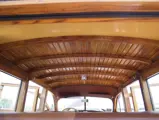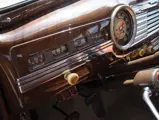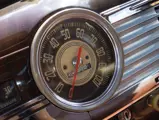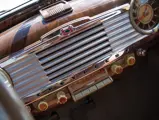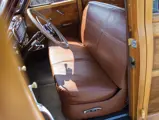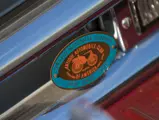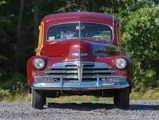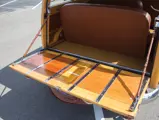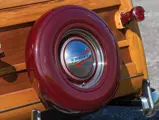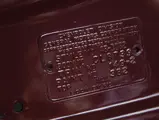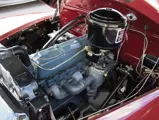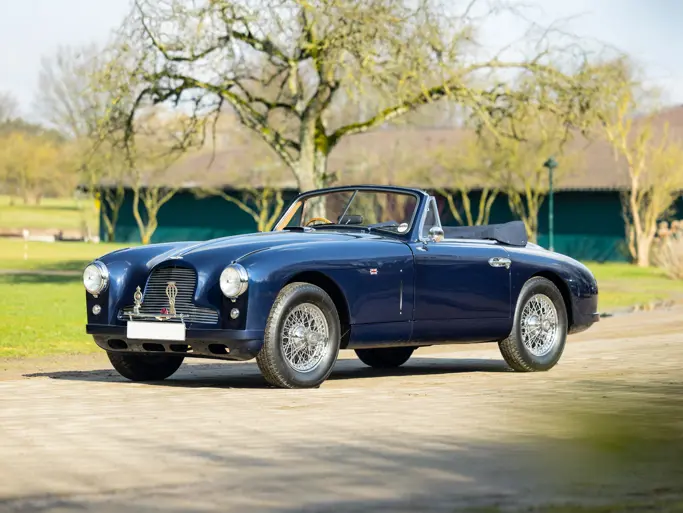90 bhp, 216.5 cu. in. overhead-valve inline six-cylinder engine, three-speed manual transmission, coil-spring independent front suspension, live rear axle with semi-elliptic leaf springs, and four-wheel hydraulic drum brakes. Wheelbase: 116 in.
When civilian automobile production resumed post-World War II for the 1946 model year, Chevrolet’s first “woodie” wagon was offered as part of the Fleetmaster line. It was built on a 116-inch wheelbase chassis with a 90-horsepower “Stovebolt Six.” The body was beautifully constructed of ash structural framing, with mahogany inner panels and a roof formed by stretching leatherette over a wooden frame, as well as steel fenders and a hood, which were usually painted dark colors to accentuate the wood’s natural beauty.
The basic design of this wagon, as with other Chevrolet models, remained in production for three years with virtually no major changes. In the 1948 model year, which lasted from February 1948 to January 1949, approximately 10,171 wagons were built. These were the last true “woodies,” as they had woodwork, built by Chevrolet, that actually served a functional purpose in the body, and it was also the only 1948 model that had a list price of over $2,000. As with other wood-bodied wagons of this era, quality survivors are extremely rare today.
The Wagon offered here was delivered new by an authorized Chevrolet dealer in Philipsburg, Pennsylvania, and it enjoyed ownership in the Quaker State for its first six decades. It was purchased in 1953, when only five years old, by the late Harold Zulick, of Houtzdale, Pennsylvania. Mr. Zulick, a long-time AACA and CCCA member, was a passionate collector with diverse but excellent taste, and many of his purchases were long-term ones. He kept this particular Chevrolet for an astonishing 55 years, treating it to a no-expense-spared restoration in the early 1990s; after which, it was displayed in AACA competition and won Grand National honors.
This very rare Wagon, which is presented in virtually “like new” condition, has some of the most elegant lines of any “family hauler” of its era, and it is reported to run and drive well. Most importantly, it benefits from long-time, loving ownership by known enthusiasts in Pennsylvania for virtually as long as the AACA has been meeting here in Hershey.

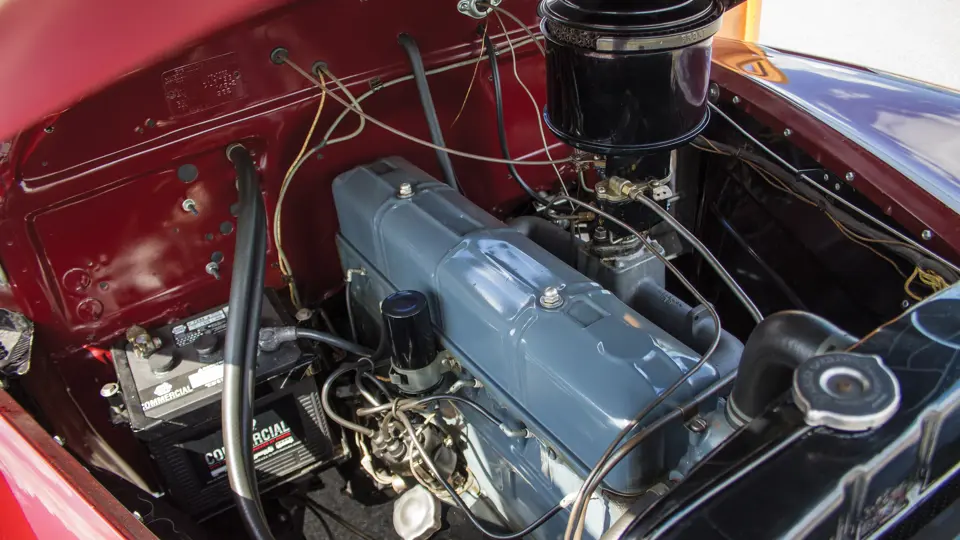
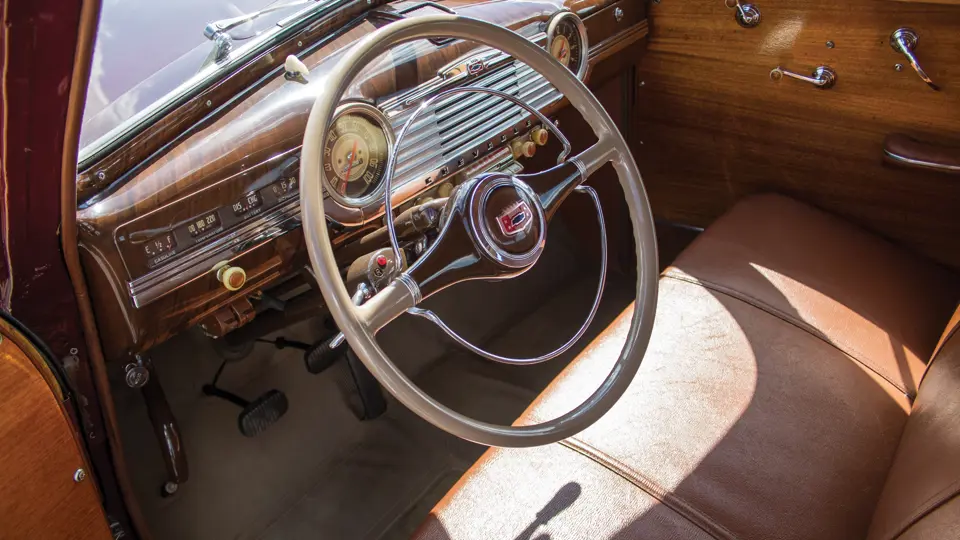

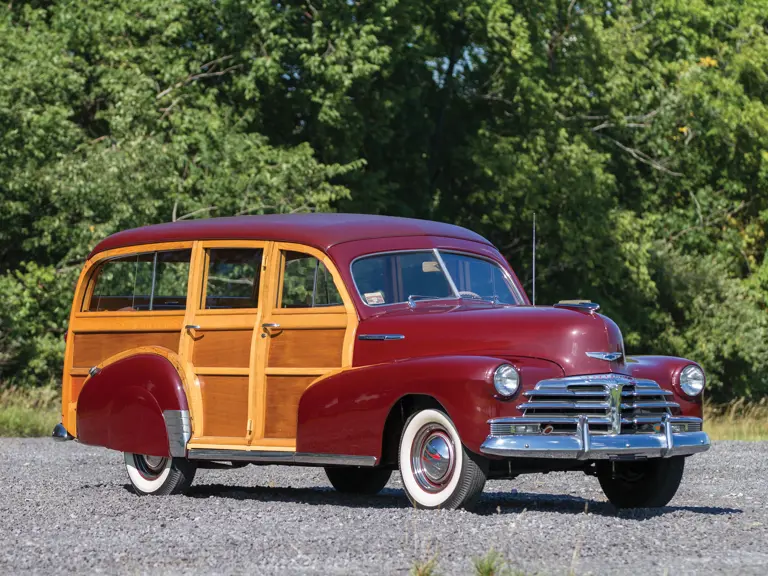
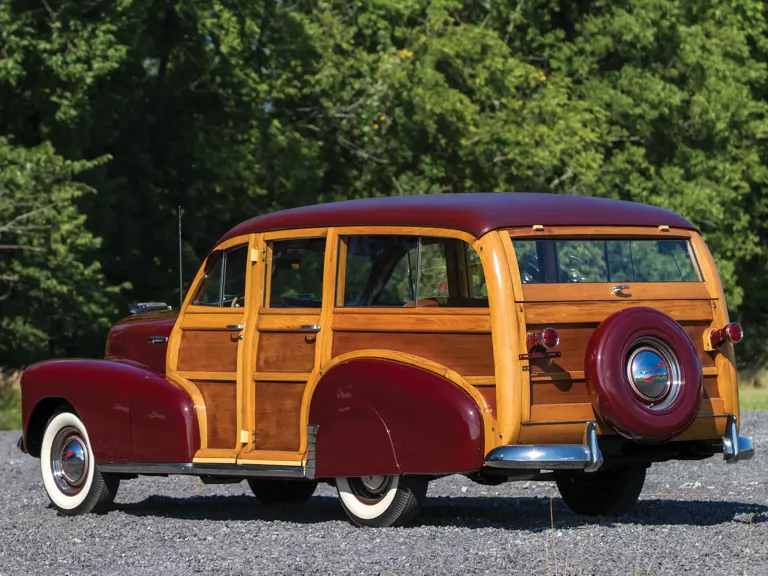
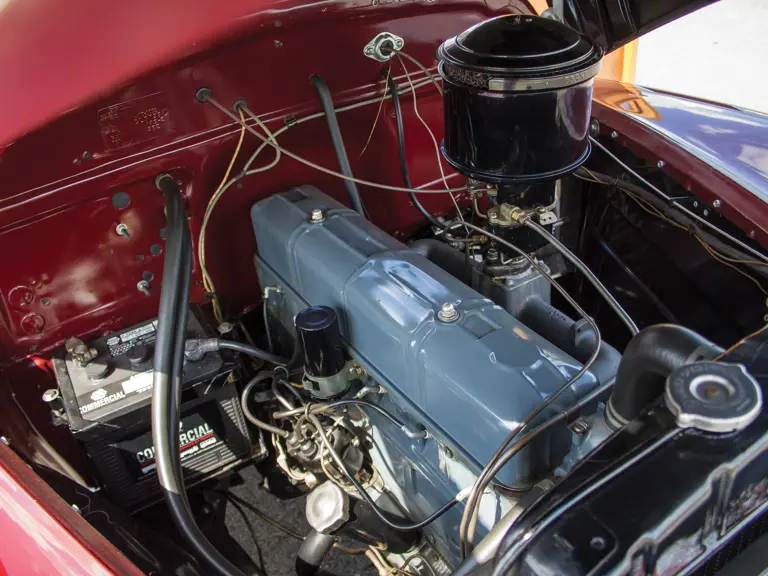
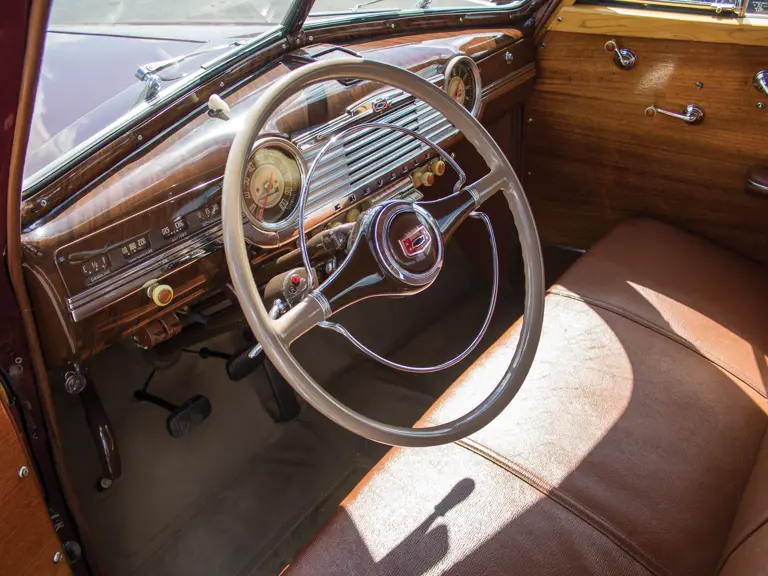
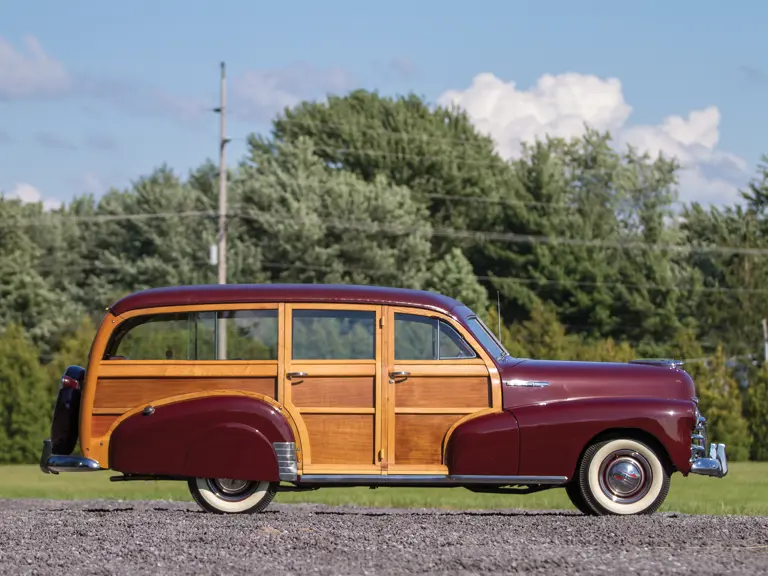
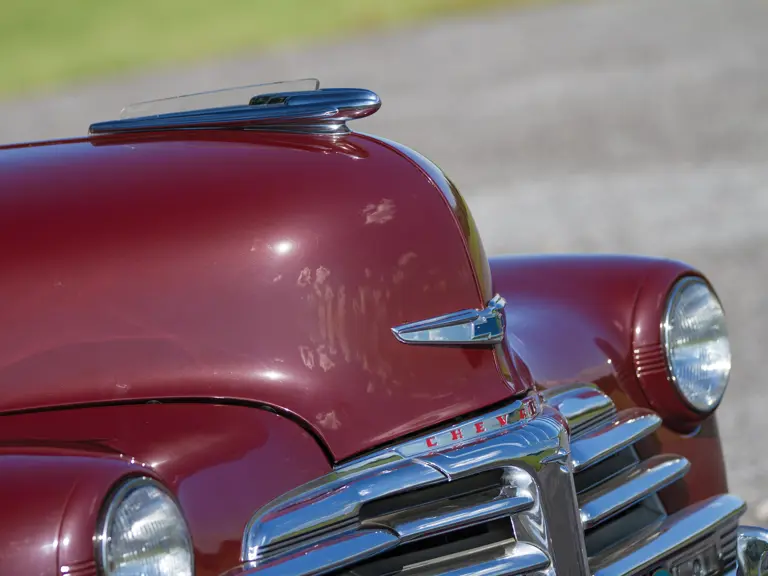
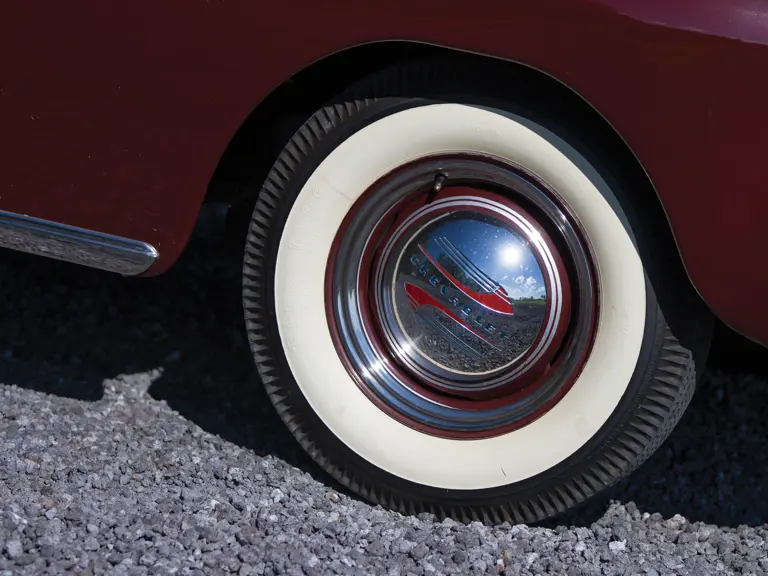

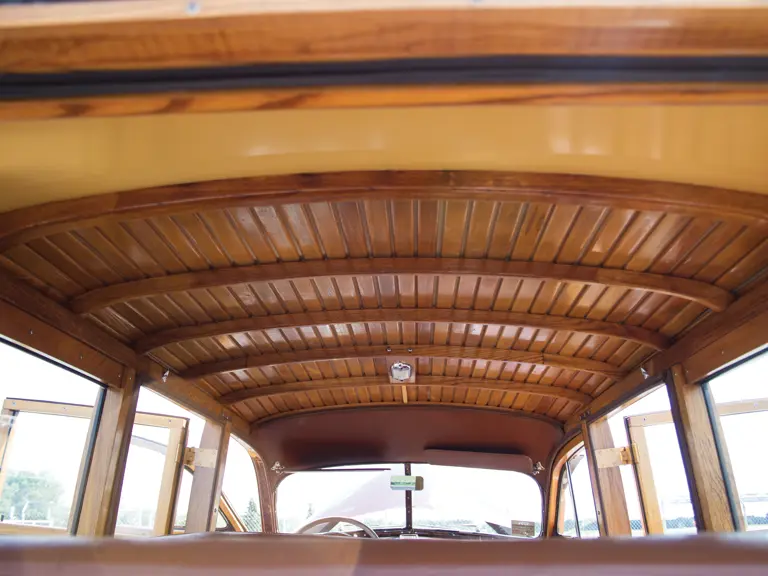
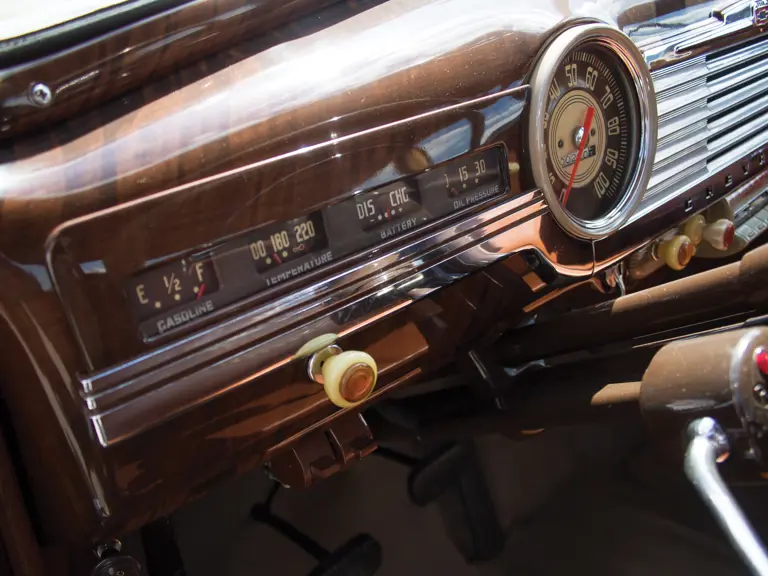

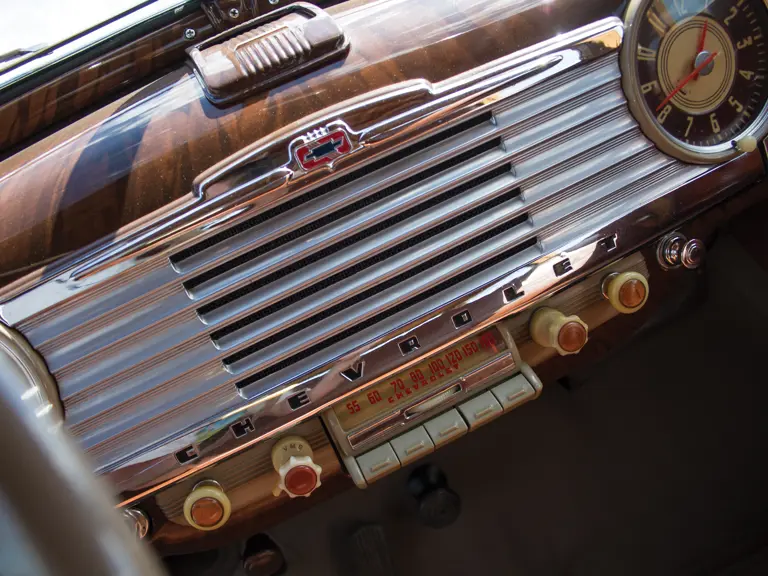
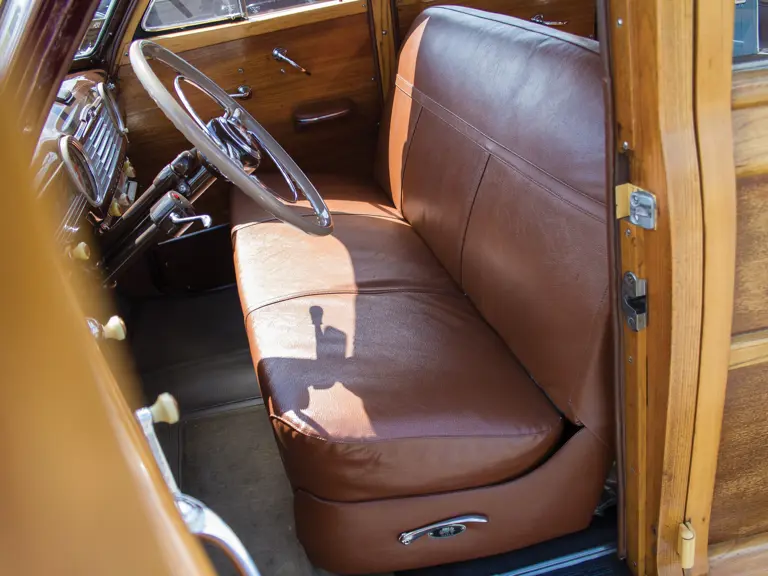


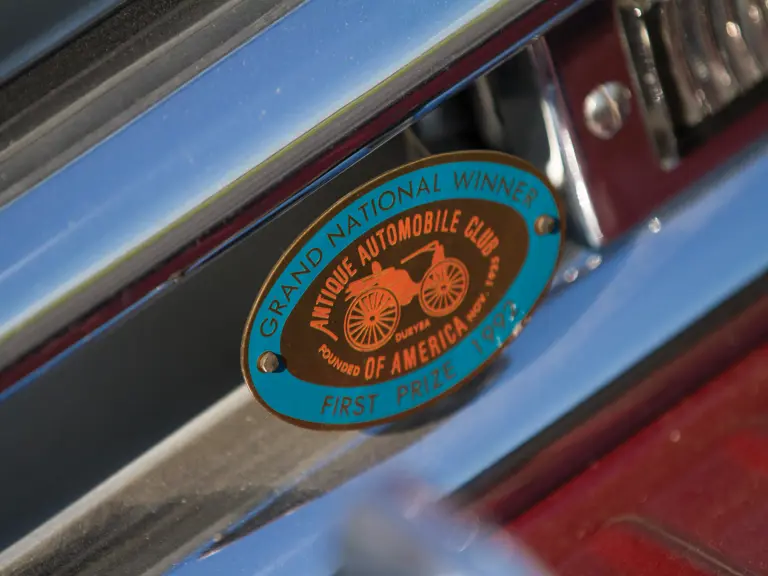



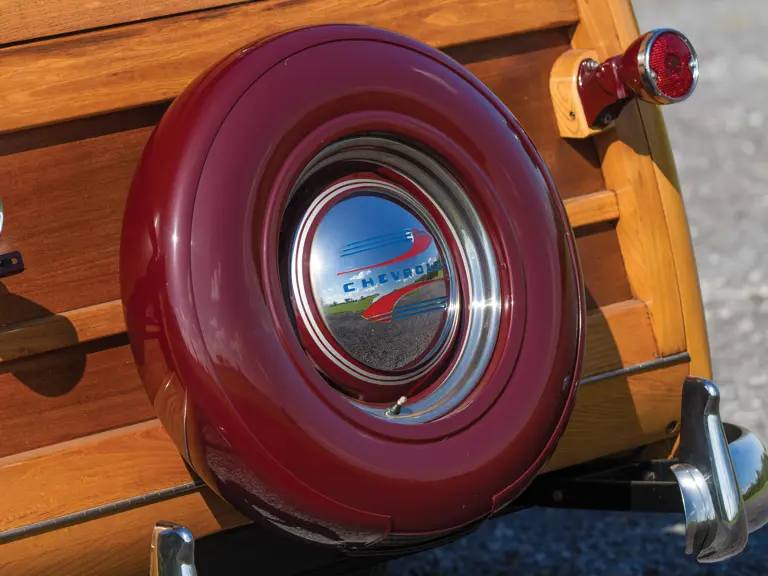

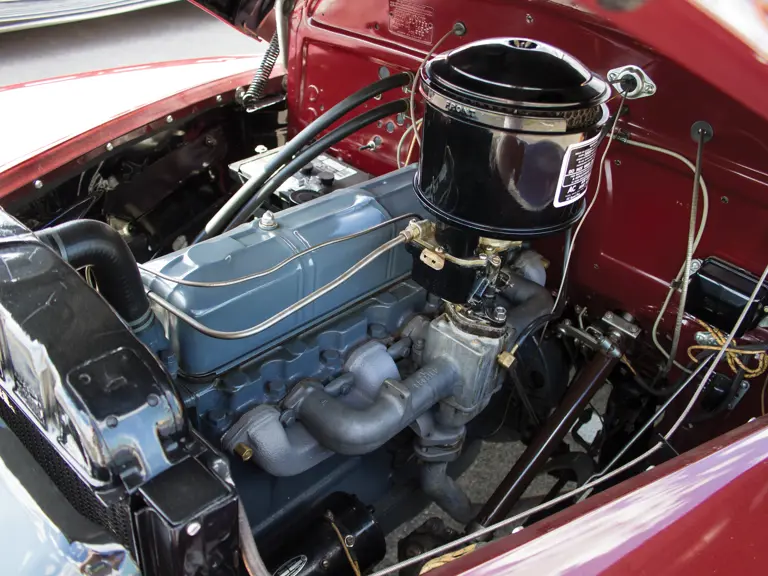
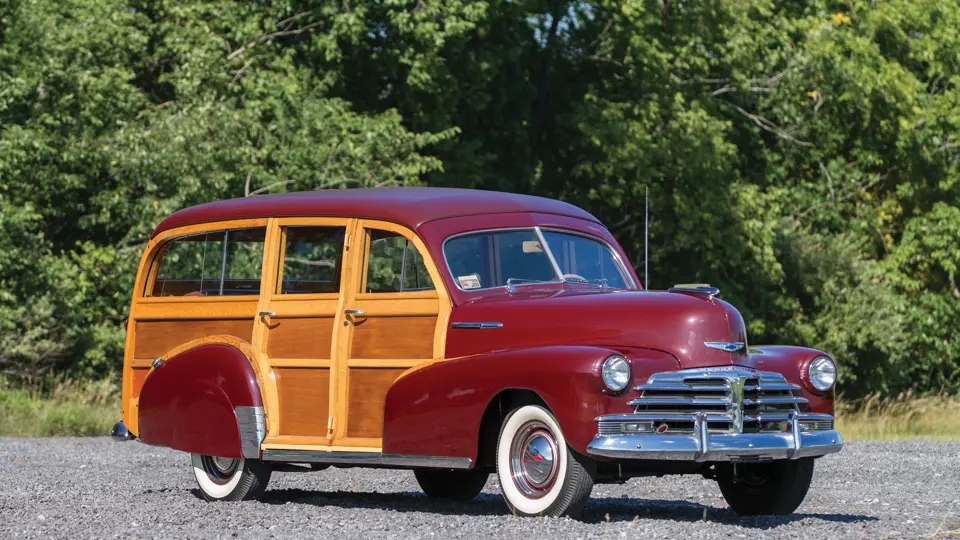
 | Hershey, Pennsylvania
| Hershey, Pennsylvania
